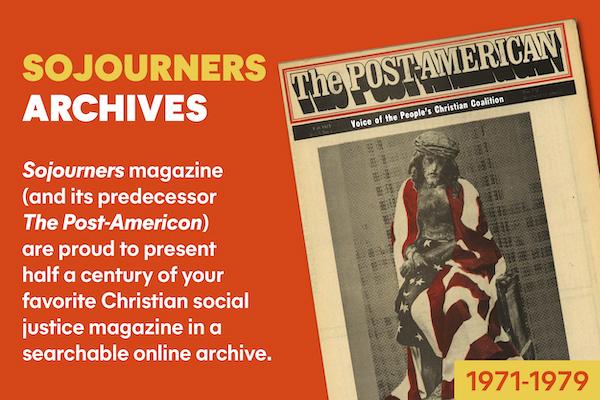Guerrilla theater has proved to be a very effective tool for dramatizing some of the contradictions that are part of the fabric of our society. Activists have taken the stage to the streets to bring messages before audiences that would never be found in the role of expectant customers in a theater. The aims of guerrilla theater are parallel to other forms of the art: through symbol, to help people interpret the reality of the world around them. The difference with guerrilla theater is that it uses shock effect to awaken people to the injustices and inhumanities that the establishment hides through the rhetoric of its myths.
Guerrilla theater arose as a widely used art form in the political discord of the late '60s; however, its antecedents go back much further—at least to 750 B.C. The prophets of the Old Testament often resorted to symbolic actions of one sort or another to convey their messages from God to the people. Some of these acts were definitely of the same germ as guerrilla theater—symbolic actions in the street designed to shake people out of their lethargy and help engender an awareness of the cancerous problems of the society around them. There are a number of examples in the writings of the prophets. For instance, Isaiah walked around naked for three years to dramatize his point (Isaiah 20). In Jeremiah 19, we find the prophet smashing an earthenware jug in front of the members of the city council of Jerusalem to warn them that God intended to break the city and the people just as the jug was broken.
Read the Full Article

